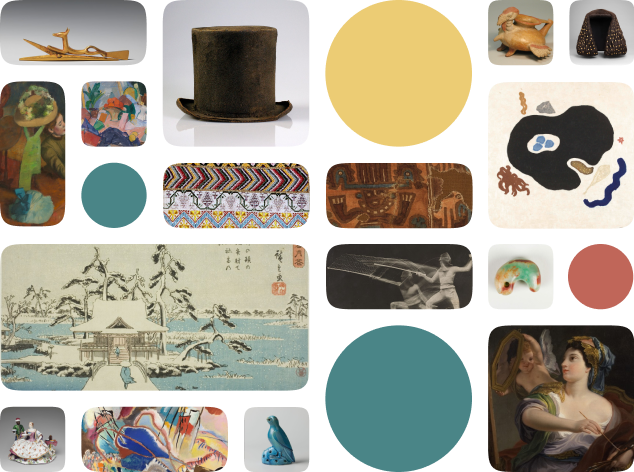Chocolate Jar with Iron-locked Lid
Creator Name
Cultural Context
Date
Source
About the work
Talavera poblana, a tin-glazed earthenware, was made in the central Mexican town of Puebla beginning in the sixteenth-century. The name likely refers to the majolica-producing city of Talavera de la Reina in Spain. Talavera emulated the designs of fashionable imported Spanish ceramics; like its Spanish prototypes, it showed the influence of Islamic, Chinese, Italian, and French ceramics, all present in cosmopolitan Spain during the fifteenth and sixteenth centuries and transmitted to Mexico during the colonial period. This chocolate jar–with an iron cover, collar, and lock–would have been used to store valuable commodities like cacao beans. The blue-and-white ornamentation features panels composed of fringed curtains and scrolled leaves that frame long-tailed birds, a popular motif that may recall Chinese export Swatow ...
Work details
Title
Creator
Worktype
Cultural Context
Material
Dimensions
Technique
Language
Date
Provenance
Style Period
Rights
Inscription
Location
Source
Subjects
Topic
Curationist Metadata Contributors
All Works in Curationist’s archives can be reproduced and used freely. How to attribute this Work:
Help us improve this content!
Save this work.
